AS CUSTOMERS RETURN TO J.P. GRAZIANO’S TODAY after it’s been closed for a week or so, they’ll notice something new—the old-time grocery has been reconfigured to look more like a sub shop than ever before.
That’s because it is more of a sub shop than ever before—while still trying to be true to its heritage as a 78-year-old Italian grocer in the once-overlooked, now hotter than hot West Randolph restaurant row. (Disclosure: J.P. Graziano is an advertiser on Fooditor.)
How old is J.P. Graziano Grocery? When Jerry Kleiner’s Marché first invented the crazy idea of traveling to gritty Randolph Street for fancy food in 1993, the grocery was already 56 years old. Started in 1937 by J.P. Graziano (who was known to Italian customers as Signor Vincenzo—Ellis Island had renamed him James), it was a wholesale business to restaurants and other Italian shops built on Signor Vincenzo being the guy who knew the guy in New York who knew the guy in Sicily who made something great. Today it’s in the hands of his great-grandson, Jim, who runs it with his mother, Mary Ellen, and his sister DeAna.
Even a decade ago, J.P. Graziano stood against the changes coming to Randolph Street; as you can see in this 2005 post at LTHForum, it was still a tightly-packed wholesale operation, the floor scattered with goods in barrels, shelves full of dry pasta and canned tomatoes—and the front, with its forbidding brick front and steel doors and window bars, was evidence of the rough neighborhood the West Loop had been in the 60s and 70s. It was the kind of place where your shopping could be interrupted by Jim coming through the front door with a forklift.
There are ways in which it’s still that store—the barrels of spices in front of the counter are for real, and there are still jobbers (that word alone puts us back 50 years) who buy in bulk from Graziano and resell to local restaurants out of their trucks. But in 70 years the importing business had changed, and J.P. Graziano was a little guy in a big city of Italian restaurants. Ten years ago, Jim—Jim Jr. then—suggested to his dad that they improve their business among the new residents moving into the neighborhood by making sandwiches.

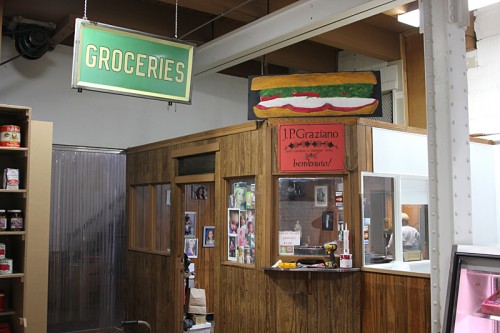
“I didn’t grow up in the sandwich business, I grew up in the grocery and the wholesale distribution business. Nobody taught me and my sister how to make sandwiches,” he says. “I knew I needed to change direction if I had a future in this business. I said to my dad, because he was still around then, let’s make sandwiches because that’s how we’re going to get people in the door, let them understand we’re even open to the public.” They had the meats and cheeses, they brought in crusty coal-fired bread from D’Amato’s, and so they started making subs with the whole history of the neighborhood in them.
To say it took off would be an understatement—most days J.P. Graziano is steadily packed with sub customers from at least 11 to 2, the other times they’re working on catering and delivery orders, and refrigerator cases have been steadily removed over time to make more room for seating. This is what happens when you regularly get voted the best old school sandwich in the city. “The sandwiches run everything,” Jim says, and this is the second time the store has remodeled and reconfigured things to adjust to the new reality. He got some help from regular customers at an architecture firm, Dandy Architects, to figure out a flow that would make more sense. “I had the sandwich counter on the west side of the store, the cheese counter on the east side of the store, if you wanted to buy something I’d have to cut through the line—it drove me insane.”
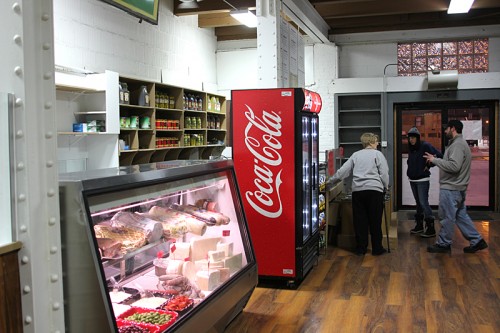
The new organization of the store, debuting today, instantly makes more sense, making a new deli case displaying meats, cheeses and other Italian specialties part of the same flow from ordering a sandwich to Mary Ellen taking your money at the old-time cash window that Signor Vincenzo originally built. Even if subs run the show, it’s obvious for the first time that ordinary people can buy these goods at retail. And you’d want to because even if much of the wholesale business is gone, “I still buy the same brand of provolone that my grandpa did. I buy the same Parmaggiano-Reggiano that he did,” Jim says. “I have my finger on the beat of what’s coming in because I still have the old relationships with guys in New York or New Jersey that are bringing it in.”
Particularly with a certain giant Italian store nearby, Jim’s retail selection has to be carefully chosen and presented to be unique and worthy of the shelf space. “I gave myself enough room back there that I can still have the olive oil producer come in and do samplings on Saturdays, that sort of thing,” he says. “I’ve eliminated a lot of the beans and the grains. We used to be the main importer of fava beans and lupini beans and stuff like that. But the imported tomatoes, the pasta, the giardinera, the spices—that will always be in my store no matter what.”
For the new residents in the neighborhood, for the workers who process data in buildings where they once processed chickens, J.P. Graziano preserves a link to the neighborhood’s history, fast disappearing as other old wholesale businesses become construction sites for glitzy restaurants. Which is sad, but at the same time, Jim Graziano has to admit, it’s good for business. “Every new place that gets built, I get business. I get the construction workers for a year, coming for subs, and then I get the people who work there for office meetings or staff meal,” Jim Graziano says.
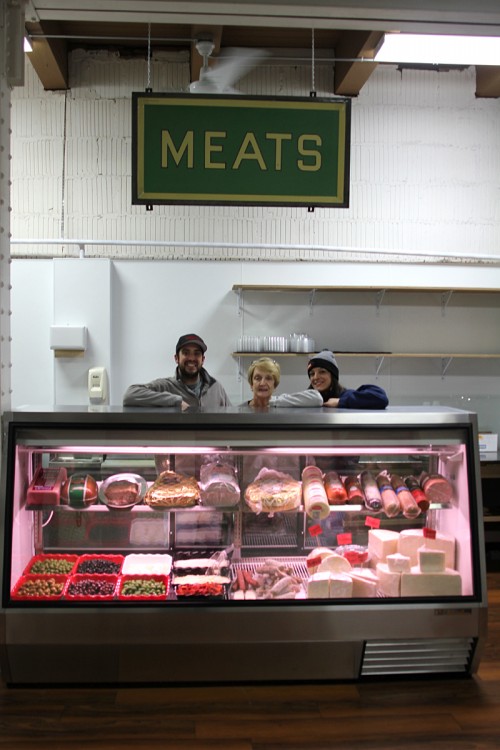
Jim, Mary Ellen and DeAna Graziano. The metal signs in the store were found on Ebay, but they were made in Chicago around 1940, just like the store.
Michael Gebert is coal-fired as editor of Fooditor.
Latest
Join the Discussion
After you comment, click Post. If you're not already logged in you will be asked to log in or register with Disqus.




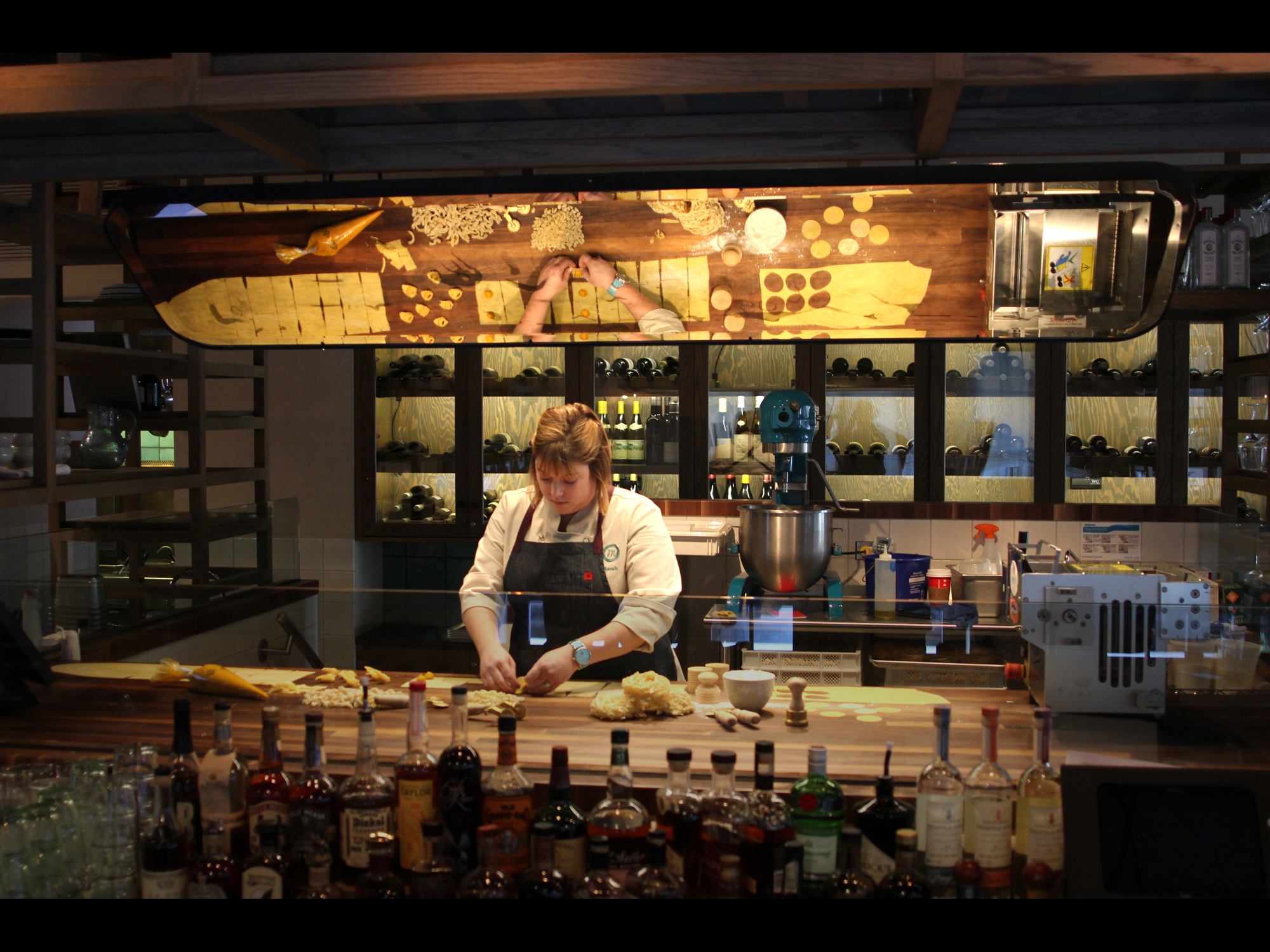

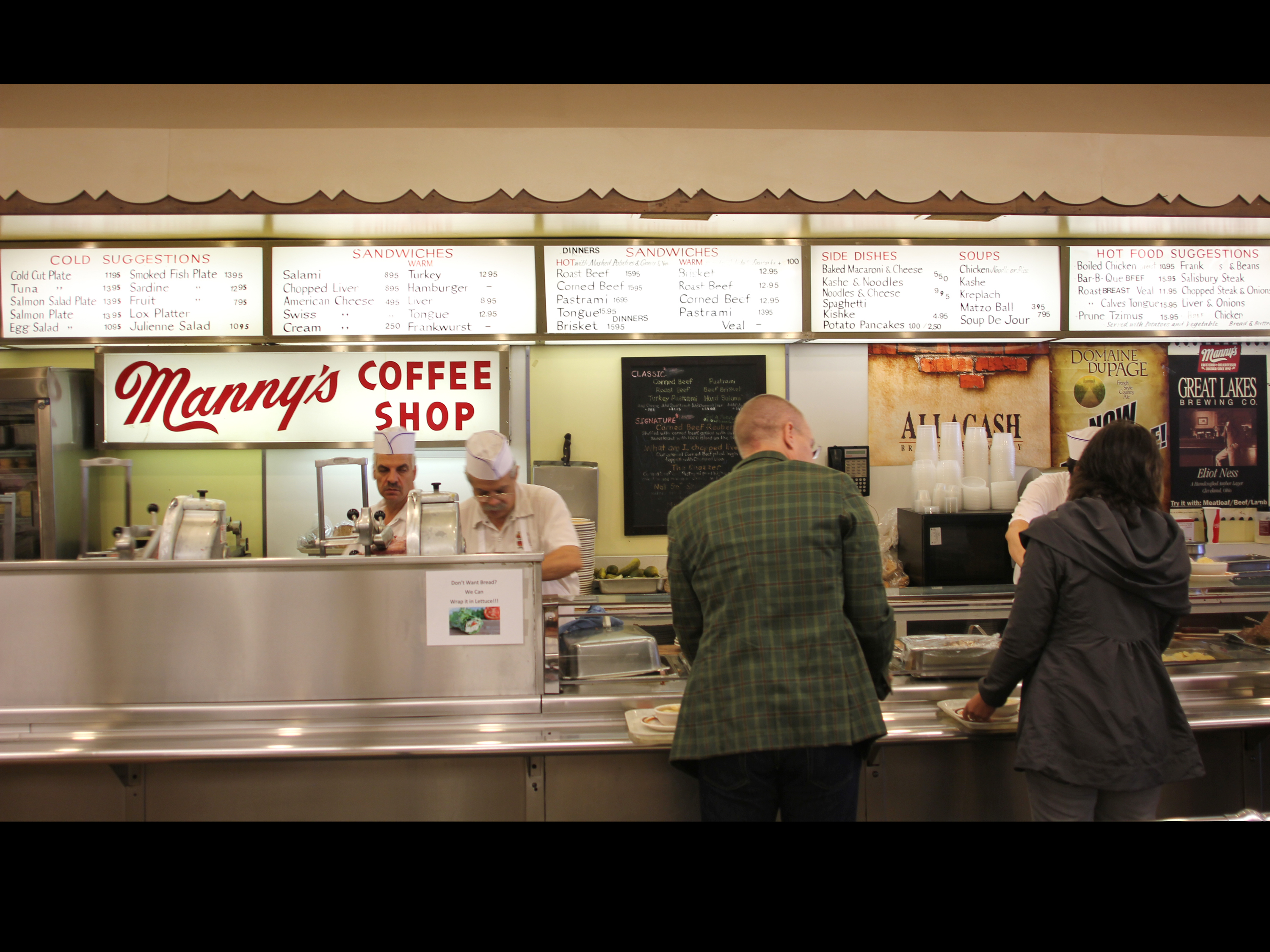
[…] and food retail shop J.P. Graziano reopened yesterday after a week hiatus for some layout changes, according to Fooditor, to focus more on the […]